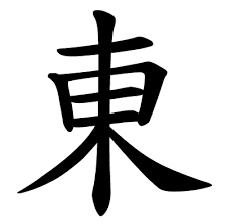An Introduction 2024
Since studying at Sussex in 2005/6 I’ve read an awful lot of literature about the art of playwrighting.
While still teaching, up until the end of 2013, I did it to keep informed for my A Level students who were engaged with creating original theatre through devised performance work. I adopted that position because, I felt that, in order to expand their original improvisational creativity, they would benefit from applying the craft of the playwright to their work. For them it became a way to evaluate, reflect upon, and remake/re-craft their original ideas.
At Sussex I’d already written a dissertation that explored the relationship between the playwright and the actor - a dissertation that included interviews with professional actors, but since then, and particularly through the work of the Page2Stage group at Printers Playhouse in Eastbourne, I’ve come to realise that it’s important to me as a writer to explore this relationship still further.
Indeed, I think I might go as far as to say that an examination of literature about the art of acting is likely to reveal more ‘Truths’ to the emerging playwright than will ever be revealed through looking at the copious texts on the art of playwrighting.
This is not to dismiss the works of writers such Robert McKee, who sets out some terrific foundations for work on Character, Dialogue and Story. However, I think that these are of limited use to the writer looking to take the leap to the next level of work - who has written a play according to these well researched principles and is looking to deepen their work.
I think my understanding as a playwright has developed significantly more through an examination of literature about the process of acting than it has ever done though reading books about playwrighting; an understanding of what good actors do is of immense help to me when constructing dramatic fiction that is really going to utilise the skills and understanding of the ‘good’ actor..
But the key reason for revisiting this dissertation almost 20 years after it was first written is to seek to consolidate some of the issues raised and to re-evaluate the thinking I undertook back then.
In particular, in undertaking this process, what I’m struck by is a phrase used by the actress Kelly Reilly who I initially interviewed as part of the process of writing about the relationship between the actor and the playwright.
She refers to the process of an actor undertaking a first read of a play as one where, as an actress, she brings the ‘imaginative eye of feeling’ to the process.
In publishing the annotated text of this dissertation on my website in 2024, I’ve encountered that phrase once again, and it appears immensely important right now, in that, I believe, it provides the ‘Rosetta Stone’ by which we can translate the process of the playwright into understandings for the actor playing a character in our play and vice versa. Indeed, I think the same phrase could be used to describe what the playwright needs, in fact, ‘must’ engage with in the writing of dramatic fiction - to bring that imaginative eye of feeling to the material; so that it lives for the audience on every level.
As I continue in this quest right now, that phrase has become my constant companion.
